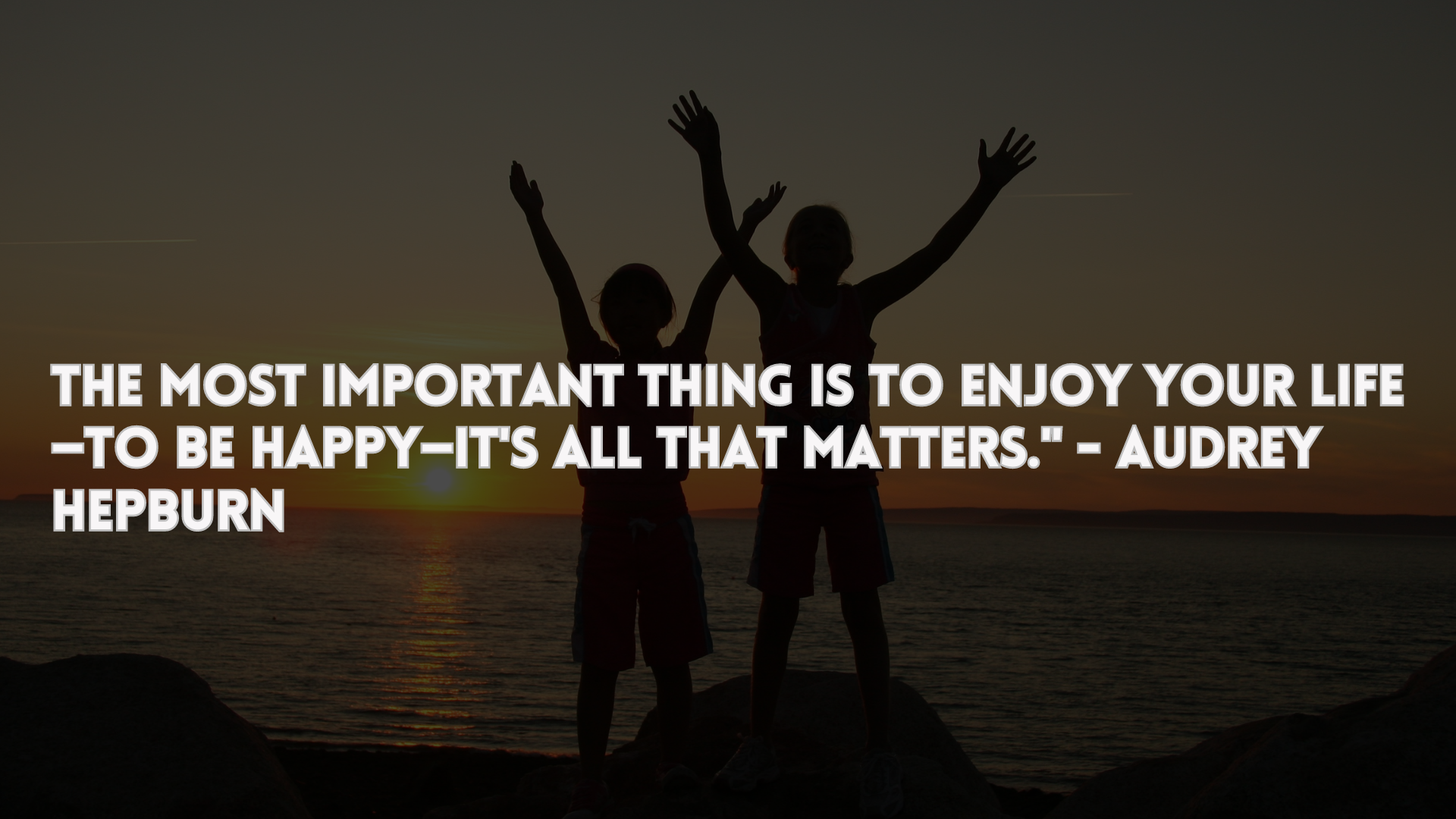Transforming television content
The broadcasting industry in India needs a new vision, a new path, and some new tools to stay relevant. In the age of attention deficit, fuelled by a billion choices, we need to reinvent TV. (When I say TV, I mean TV content, irrespective of whether it is delivered through cable, DTH, or fiber). We can’t do that by pandering to the whims of a remote-wielding consumer or a restless finger that can swipe out anything in less than a second. We need to go back to the roots of being human.

Interaction, engagement, participation: Not long ago, these were the fundamental elements of our social lives but today, people chat, share, and comment, talking AT each other and all AT the same time, resembling a classroom without a teacher, with so much noise and very little connection, discussion, or learning.
Undivided attention and a commitment to spending time with creators and their creations: These were fundamental to how we engaged with arts and entertainment. Today, most people keep surfing, just like window shopping.
The broadcasting industry is one of the oldest media industries, next to newspapers. And we have a responsibility to do something about this decay.
It is a myth to believe that a billion crowdsourced videos on the internet or a billion hashtagged opinions on twitter are making the society better. Or that people shifting attention from one form of content to another, within a few minutes, is a result of a healthy evolution in choices.
Content that is curated and produced, content that can hold people in their seats for long periods, content that can emotionally connect and engage, almost always has greater social impact and benefits. TV is one of the few mediums that can provide emotional fulfilment for spending long yet meaningful time. It is an important social function, at a price that is so very affordable. So instead of aping other forms of media, TV has to hold its forte and differentiate itself.
But TV today is quite far from fulfilling its true potential. Most of the TV content today, (except a few exceptions like Airtel Super Singer on Star Vijay) looks more like a Facebook notification feed, each channel holding my attention for a short while. Or like a series of short video clips, whose sole purpose is to keep my fingers off the remote. Or like an attention-seeking child. Or a boyfriend always trying to impress the girl, rarely allowing the relationship to go deeper. No wonder TV has become a popular distraction tool, something that you go to when you have nothing else to do.
Topping it all is a measurement system that is not only outdated but also misleading. Measuring which channel is ON and on how many TVs it is ON is not going to tell us how engaging or fulfilling our content is. Measuring success with advertisement revenues works in the short term, but is a double-edged sword in the long run. Brands are already seeing a diminishing rate of return on this medium and more and more money is going away to digital. If we continue to use these traditional measures, the TV (content) industry is sure to lose its way and become extinct.
Everyone knows that it is time to transform the medium or perish. We need content that can inspire people to interact, participate, and engage with the content and its creators, not only on social media discussions later, but right then, while they are sitting before the screen, watching the programme. That should be the true measure of our transformation, the true metric that will guide us through this transformation.
If we are not successful in this metric, it just means that our content is not engaging enough, has not emotionally connected and does not hold them in their seats. It just means that their eyes may be on the screen, but their hearts and minds have drifted elsewhere.
We should tell content owners and creators and business heads and CXOs that this is how they will be measured in the future. How many interactions? How many responses? How many votes?
Today we have tools like TTAPP messenger that work even on a 2G connection. So the question of “how do we measure?” is no longer relevant.
Sure, there will be a few who have the rare combination of vision and wisdom to lead this transformation from the front. And there will be others who will follow later.
I am reminded of a dialogue towards the end of the movie Moneyball (about baseball in the USA):
“This is a new method for selecting the players and playing the game. People who are not rejigging themselves to this new paradigm will soon become extinct like dinosaurs.”
Disclosure: The author is the founder and director of truetrp.com, whose product TTAPP Messenger, is used for audience polling, interaction, and engagement.









![[Weekly funding roundup April 20-26] VC investment dips as startups resort to debt capital](https://images.yourstory.com/cs/2/220356402d6d11e9aa979329348d4c3e/funding-lead-image-1669386008401.jpg)

